For the first time that I can remember, the Visual Effects category is not populated by the big, epic sci-fi/fantasy/superhero entries that are the usual fare. Thanks, Covid!
So no Marvel movies, no DC, no Star Wars, no flights, no tights, no nothing. It’s a shame, really, and I’ve been lamenting the fact for a while, stuck as we are with more thoughtful fare and not the normal bombast that generally populates a cinematic annum.
I’m kidding. While I do miss those big movies, I think it’s refreshing to see the category populated by movies that might not normally make the cut. Maybe next year we’ll be back to the standard we’re used to, but in so doing, we might also lose a bit of the whimsy that exists with the five nominees here. I’ll get to those in a minute. First, a note about the category itself.
Five years ago, Ex Machina won this award. It was a bit of an upset, a small movie like that pulling out a win over such opposition as Star Wars Episode VII: The Force Awakens, Mad Max: Fury Road, The Martian, and The Revenant, but it was something of a big deal. The really interesting thing about it, though, was while I think the movie and its visual effects artisans deserved their award, there was a movie that absolutely deserved it even more which wasn’t even nominated at all.
You may recall that, on November 30, 2013, actor Paul Walker was killed in a car accident while drag racing his Porsche. This was a tragedy on multiple levels, most especially a human one, but on a lesser note, it vastly complicated the completion of his final film, Furious 7. The film went on hiatus and its release was delayed a year as the filmmaking team, led by director James Wan, came up with an alternate plan to finish it. What they ultimately decided to do was rewrite the scenes they hadn’t yet shot to lessen Walker’s role in them, while using his brothers, Caleb and Cody, to personify him on set. CGI was then used to put Walker’s head on whoever’s body was in the scene, to make it appear that his character, Brian O’Connor, was actually there. They then took dialogue from previous films, deleted scenes, and unused takes to complete the illusion. It worked on such a spectacular level, it was nearly impossible to discern what scenes actually featured a real live Paul Walker, and which didn’t.
A year later, after the film had been stiffed at the Oscars and not received a nomination, Wan said, “I thought we were guaranteed to get a nomination. Furious 7 would not have been able to be completed if it wasn’t for the amazing team that got behind it and finished all the visual effects. There were all these other great movies, but the movies that were nominated, I’ve seen all that stuff before. But we have never seen a movie where we took someone who was no longer around and kept him alive. Literally. So that was one that I felt cheated on.”
Thing is, he was right. We had seen all that stuff before, even the bravura work that was showcased in Ex Machina, and we hadn’t seen what Wan and his team gave us. The reason I bring this up now is to point out that this is still pretty much true. There’s very little we haven’t seen, and visual special effects are growing less and less impressive. Even I, one of the biggest fans you will ever see of the superhero movie genre, have grown tired of special effects fighting special effects for the fate of the world, or the galaxy, or the universe. It’s boring.
Which means that the field needs to find newer and more exciting ways to be utilized as it moves forward. Perhaps the way to do that is to be used in a counter-intuitive way, that is to make it invisible. By that I mean that it should be the kind of thing where we have to be told where the visual effects were employed, and have our minds blown in that way, rather than with bombast and spectacle. I think that’s what the future has for us, and what I hope the Academy will reward moving forward. That’s why the pandemic, and with it the prevention of so many major releases that might otherwise have populated this category, might end up being a blessing in disguise.
With that in mind, the nominees are:
Love and Monsters (Matt Sloan, Genevieve Camilleri, Matt Everitt, Brian Cox)
The Midnight Sky (Matt Kasmir, Christopher Lawrence, Max Solomon, David Watkins)
Mulan (Sean Faden, Anders Langlands, Seth Maury, Steve Ingram)
The One and Only Ivan (Nick Davis, Greg Fisher, Ben Jones, Santiago Colomo Martinez)
Tenet (Andrew Jackson, David Lee, Andrew Lockley, Scott R. Fisher)
I think it’s because of the lack of bigger movies that this feels like a more wide open race than it would otherwise be.
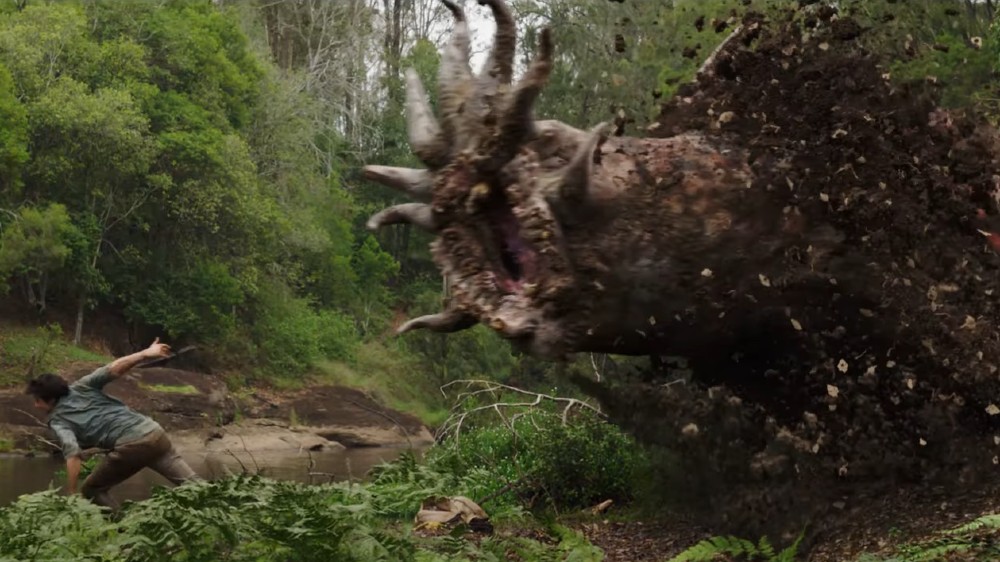
Again, alphabetical order means I start with my favorite of the bunch, the small sci-fi comedy Love and Monsters. Why is it my favorite? Because the titular monsters are not only realistic, they actually do something that it’s very hard to accomplish with any veracity: they portray emotion. The film is a blast (my Six Word Review: “Just enormous fun. Seriously. Who knew?”), and the climax features a genuinely moving moment between one of the surviving humans of this monster apocalypse and one of said monsters, where something genuine and real passes between actor Dylan O’Brien and a piece of CGI. It’s not the invisible kind of VFX that I now prefer, but it somehow does something else: shows me something I’m not sure I’ve seen. And that tells me a lot.
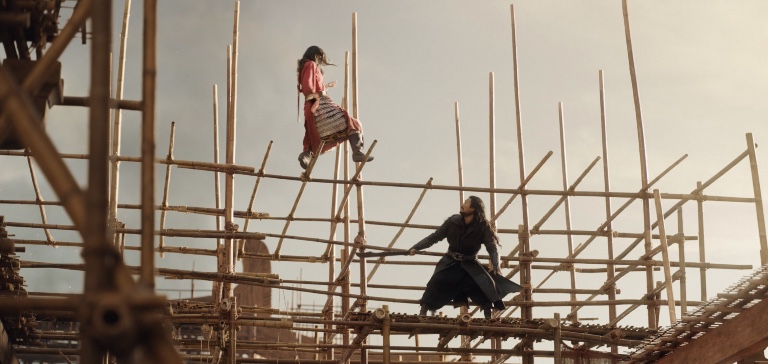
Mulan is a better example of what I referred to above, making the work invisible. The movie takes place in Seventh Century China, and the creation of the Imperial City, one of the largest of the era, looked like a giant set, built for real. The attention to detail in the structures, based on heavy and intricate research, is exactly the kind of thing that is meant to not be noticed. By that I mean, a filmmaker — in this case, director Niki Caro — doesn’t want people paying attention to how well the effects help her tell her story. They instead compliment the human action by making it appear that they are, in fact, in the midst of a built city and not standing in front of a green screen. Likewise the crowd scenes, which forced the VFX artists to refine their programs to create more defined extras. It’s impressive work, and, I think, a glimpse at the future.
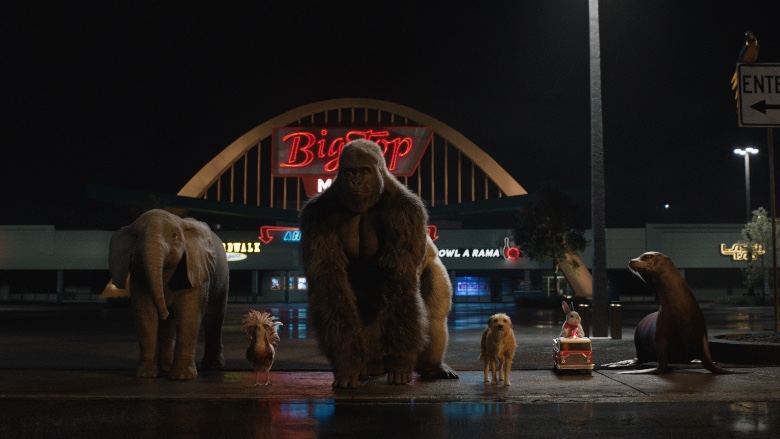
The One and Only Ivan has a bunch of talking animals in it, which is always enjoyable, especially when it’s done well, but it also falls into something of the boring category, a quarter century after Babe first brought us state of the art versions of it. Still, much of the work was captured through the use of virtual reality, which is still pretty cutting edge, and the human-animal interaction is seamless. I enjoyed the movie (my Six Word Review: “Adorable. And not just for kids.”), and the work is good, but it’s also, in the words of the esteemed Mister Wan, been done.
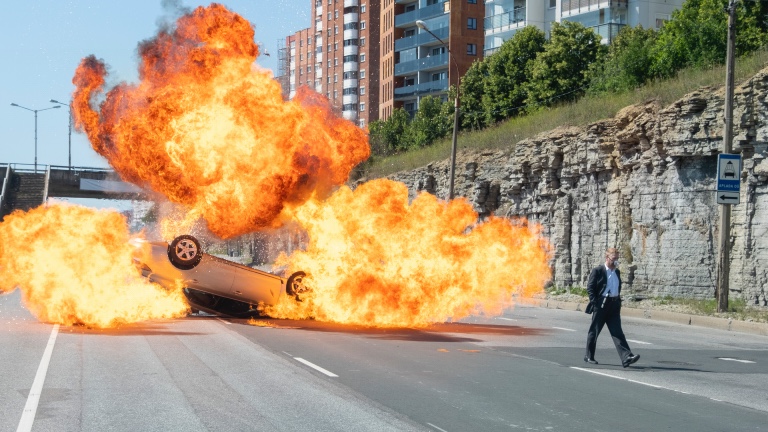
Interestingly, I think the frontrunners are Tenet and The Midnight Sky. Tenet is Christopher Nolan’s latest overrated big budget navel gazing, and while I am an avowed non-fan of the filmmaker, respect does have to be paid to his craftsmanship, if not his storytelling. I wouldn’t put him on the level of David Fincher, but Nolan certainly knows what to do with a camera and how to put scenes and cinematic constructs together. That’s certainly true here, with his use of reverse action to tell his confusing story of time travel that isn’t really time travel or some nonsense that doesn’t matter now. What does is that his use of it works well, and since most of it is done in camera — that is, by actually shooting it with conventional action, and not doing it on computer or with some fake jiggery pokery — it’s pretty impressive.
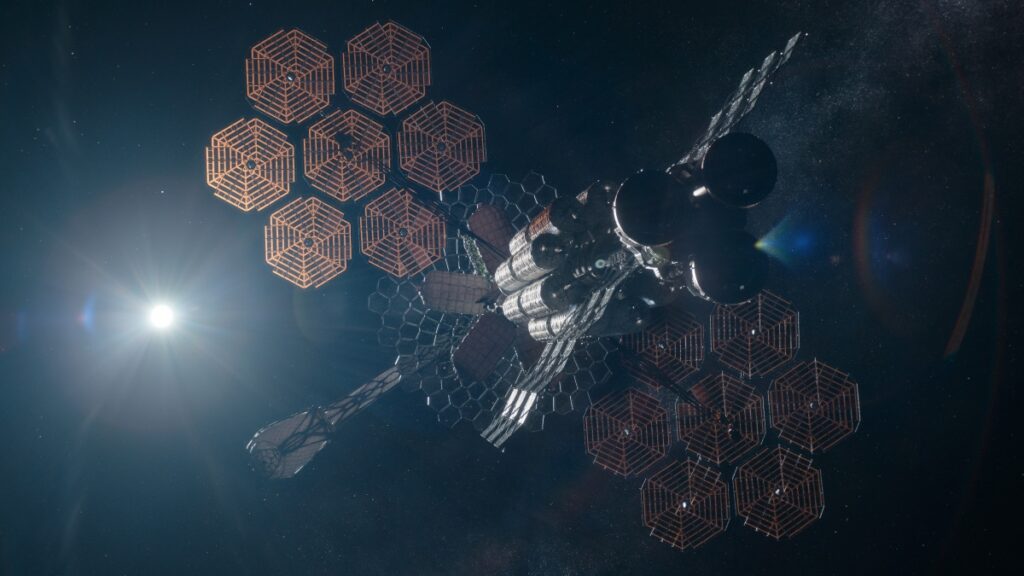
Likewise The Midnight Sky, which does a very convincing job of portraying weightlessness in space, as well as a hyper-realistic arctic base, that was built entirely in a computer. Most effective, though, is one particular scene in which an astronaut dies from a stab wound, and her blood literally dances out of her as her comrades try desperately to save her. It’s flashy and very obviously CGI, but it’s also hypnotic and eye-catching and exactly the kind of thing people still think of when they think of VFX. The good kind, at least.
I think the winner is likely to be either Tenet or The Midnight Sky, but I’m going to put my money where my mouth is and call an upset. Consider it the Ex Machina Factor.
What Should Win: Love and Monsters
What Will Win: Love and Monsters
Oscar voting closes on April 20 for the ceremony taking place on April 25, and you can read the full list of ALL the nominees for the 93rd Annual Academy Awards here. The 16th Annual VES Awards from the Visual Effects Society takes place tonight, April 6, and you can read the full list of those nominees here.





